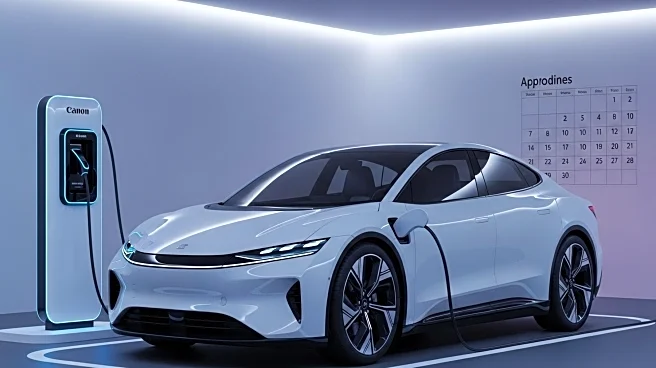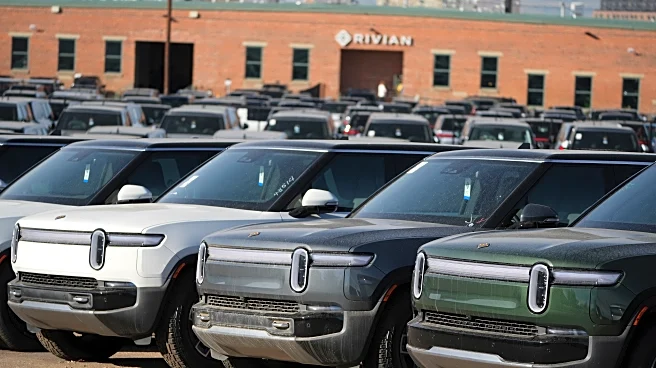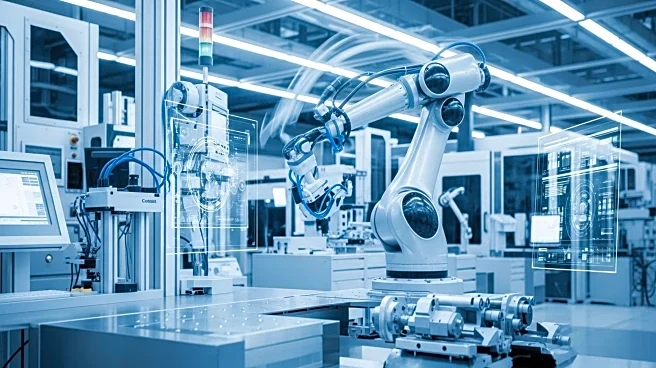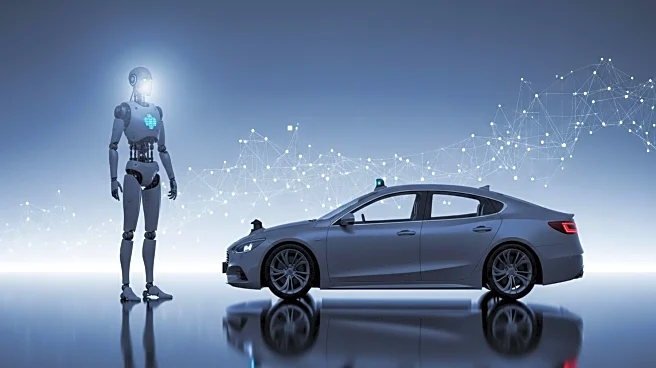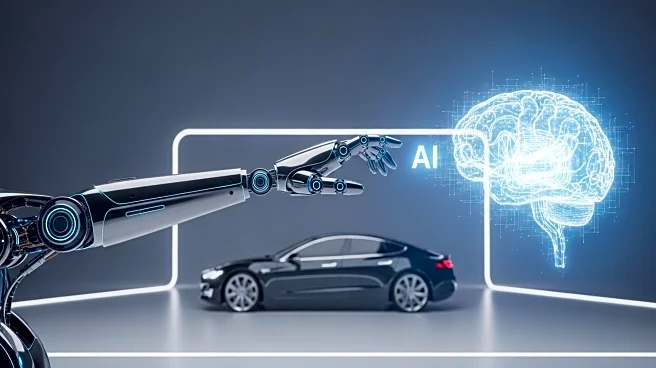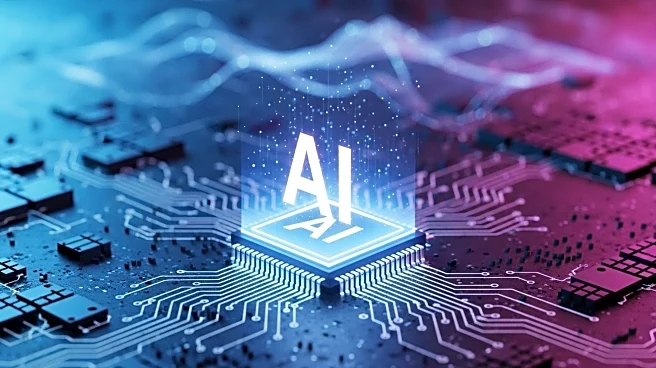What's Happening?
The automotive industry is making significant strides towards achieving fully autonomous vehicles, leveraging a range of technologies such as cameras, satnav, laser, radar, and sensors. These technologies are essential for vehicles to sense and evaluate complex traffic environments. The Society of Automotive Engineers has established a five-point scale to grade self-driving capabilities, with many new cars featuring basic autonomous functions like cruise control and ultrasonic sensors. However, reaching higher levels of autonomy requires advanced AI and machine learning to ensure safe decision-making. Currently, robot taxis in some major U.S. and Chinese cities are closest to achieving full autonomy, while other commercial vehicles like buses and lorries are being tested for large-scale deployment. Companies like Tesla and Waymo are prioritizing different technologies, with Tesla focusing on cameras and Waymo incorporating radar and lidar. The development of computer vision algorithms is crucial for these advancements, allowing vehicles to interpret and respond to their surroundings effectively.
Why It's Important?
The push towards fully autonomous vehicles has significant implications for the automotive industry and society at large. Autonomous vehicles promise to enhance road safety by reducing human error, which is a leading cause of accidents. They also offer potential economic benefits by increasing efficiency and reducing the need for human drivers, which could lower transportation costs. Moreover, the development of autonomous vehicles is driving innovation in AI and machine learning, fostering advancements in related fields. However, the transition to autonomous vehicles also poses challenges, including regulatory hurdles, ethical considerations, and the need for robust cybersecurity measures to protect against potential threats. The success of autonomous vehicles could reshape urban planning and public transportation systems, leading to more sustainable and efficient cities.
What's Next?
As the technology for autonomous vehicles continues to evolve, the industry is likely to see increased testing and deployment of these vehicles in controlled environments. Regulatory bodies will need to establish comprehensive guidelines to ensure the safe integration of autonomous vehicles into existing transportation systems. Additionally, ongoing research and development will focus on improving the accuracy and reliability of AI and machine learning algorithms used in these vehicles. Stakeholders, including automotive manufacturers, technology companies, and policymakers, will need to collaborate to address the challenges and opportunities presented by autonomous vehicles. Public acceptance and trust in the technology will also play a crucial role in its widespread adoption.
Beyond the Headlines
The development of autonomous vehicles raises important ethical and legal questions, such as liability in the event of an accident and the potential impact on employment for professional drivers. There is also a cultural dimension to consider, as public perception of autonomous vehicles may vary across different regions and demographics. Long-term, the shift towards autonomous vehicles could lead to significant changes in how people live and work, potentially reducing the need for personal car ownership and altering commuting patterns. The environmental impact of autonomous vehicles, particularly in terms of energy consumption and emissions, will also be a critical factor in their development and deployment.

